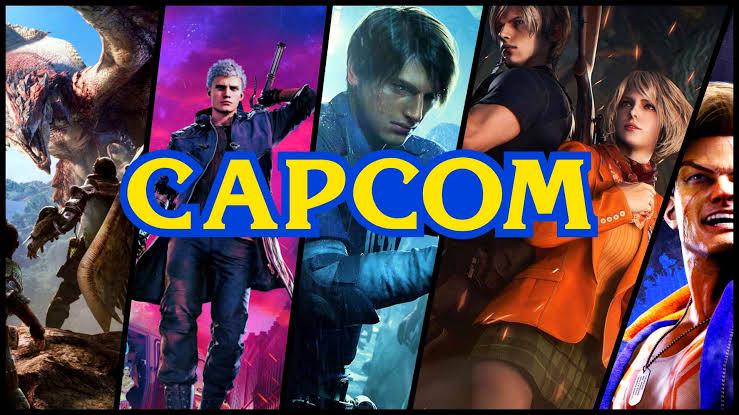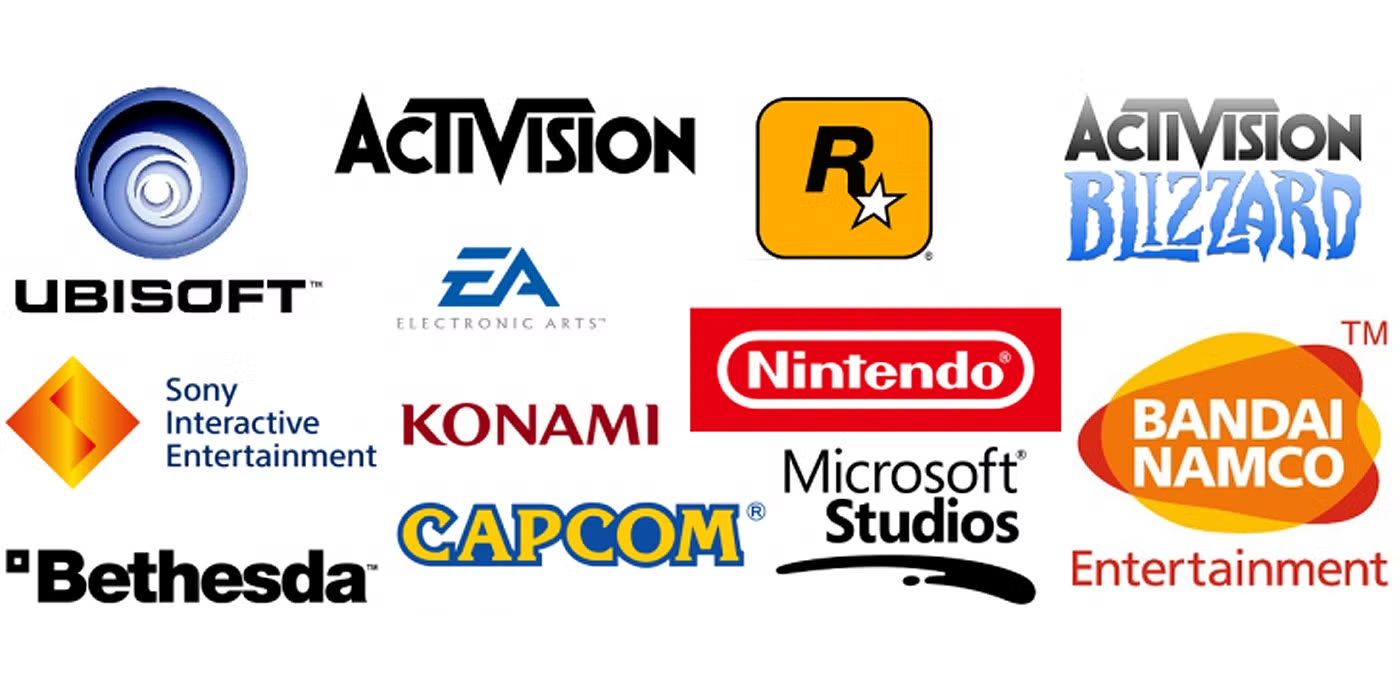The Complete Guide to Game Publishing in 2025
Game publishers fund development, lead marketing and distribution, maintain platform relationships, provide quality assurance and localization, and support post-launch operations. They act as intermediaries between studios and players, shouldering financial risk in return for revenue share. While some developers succeed without a publisher, publishers remain essential for teams lacking capital, marketing reach, or industry networks.
1. Core Functions of Game Publishers
1.1 Investment and Financial Oversight
Publishers commit capital to games (They help pay for the costs). This covers development, marketing, certification, platform fees, and other hidden costs. Investments span a wide range of values from tens of thousands of dollars for small indie titles to millions for larger projects. These come with different criteria, of course.
They structure payment schedules to ensure stable cash flow, manage milestone disbursements, and absorb risk that individual developers often cannot. They also allocate funds for non-development expenses, such as certification and rating systems.
1.2 Marketing, PR, and Visibility
Marketing is a critical responsibility. Publishers conduct audience research, position the title, develop promotional assets, and coordinate outreach to press, creators, and influencers.
Publishers already have established relationships with media outlets and platform holders, enabling them to secure better coverage and strategic exposure. For example, a publisher can time embargoes, arrange previews, and secure editorial features in advance of launch.
Additionally, publishers may handle branding, trailers, social campaigns, event presence, and community management across multiple territories.
1.3 Quality Assurance and Localization
Quality Assurance (QA)
Publishers offer comprehensive QA services, including compatibility testing, version control, compliance with platform rules (such as Sony, Nintendo, Microsoft, and PC), and accessibility validation. Their QA teams anticipate certification pitfalls to avoid launch delays.
Localization
Localization involves adapting to culture, coordinating voice acting, formatting text, and meeting region-specific content requirements. Publishers familiar with local markets understand regulatory constraints and regional distribution channels, particularly for Asia, Latin America, and non-Western markets.
1.4 Distribution and Platform Strategy
Publishers control the digital and physical distribution of their content on digital platforms, including Steam, Epic Games Store, PlayStation Store, Xbox Store, and Nintendo eShop. They optimize store presence, sales timings, algorithmic ranking, and featured spots.
Also publishers negotiate promotional opportunities, coordinate seasonal discounts, and manage storefront assets (screenshots, descriptions, tags), and understand platform policies, revenue splits, and regional differences.
Physical distribution remains valuable for collectors and key markets. Publishers manage manufacturing, logistics, global shipping, returns, and retail relationships.
1.5 Post-Launch Support and Longevity
After release, publishers drive long-term success. Their responsibilities include:
- Delivering patches, updates, and bug fixes
- Planning and releasing DLC or expansions
- Maintaining community relations, moderating feedback, and crises management
- Executing discount strategies, bundling, and seasonal promotions
- Porting to new platforms or regions
- Managing intellectual property (IP), including trademark protection, DMCA enforcement, and licensing
Well-managed post-launch operations can extend a game’s lifespan by years.

2. Publisher Types and Specializations
2.1 AAA Publishers
Major names like Electronic Arts, Ubisoft, and Activision Blizzard operate with massive budgets, global distribution, and multi-million-dollar marketing campaigns. They typically publish from internal or acquired studios, focus on franchises, and scale operations across regions.
AAA publishers rarely take on independently developed games unless they see franchise potential or strategic alignment.
2.2 Indie and Mid-Tier Publishers
Publishers like Devolver Digital, Annapurna Interactive, Team17, and Raw Fury work with small to mid-sized teams. They offer creative freedom, flexible budgets, and stronger alignment with independent sensibilities.
Their marketing often emphasizes narrative, uniqueness, and community engagement over sheer spending. They cultivate relationships with niche audiences, indie press, and creator networks.
2.3 Mobile and Free-to-Play Publishers
Mobile publishers such as Voodoo, Ketchapp, and Miniclip specialize in user acquisition, retention metrics, monetization strategies, and analytics. Their model relies on rapid iteration, A/B testing, and performance marketing.
Deal terms often tie publisher share to performance or require hitting key metrics. They may also provide infrastructure for ad partnerships, in-app purchases, and back-end analytics.
2.4 Regional and Genre-Specific Publishers
Some publishers zero in on specific regions or genres. Examples include:
- Playism (bridging Japanese indie games to Western audiences)
- Headup Games (European distribution)
- Serenity Forge (narrative-driven titles)
These publishers bring local expertise, cultural insight, and access to regional press and regulatory structures.
3. Publisher–Developer Relationship
3.1 Deal Structures and Revenue Sharing
Typical agreements involve revenue splits ranging from 50/50 to 70/30, favoring the developer after the publisher recoups its investment. Recoupment means all revenue goes toward recovering the publisher’s advance before profits are split.
Contracts define IP ownership, control of sequels, creative approval, marketing obligations, and termination rights. Developers should prioritize clear return rights and reversion clauses if a publisher fails.
See: What a good and bad indie game publishing deal looks like
3.2 Creative Partnership and Oversight
A strong publishing relationship balances market guidance with respect for creative vision. Publishers may offer suggestions on pacing, onboarding, or monetization, but should not overrule core design decisions. Trust and transparency are essential.

4. When to Use a Publisher
4.1 Scenarios Favoring a Publisher
A publisher is valuable when a studio lacks:
- Capital to finish the game or support marketing
- Expertise in marketing and PR
- Direct relationships with platforms and press
- QA and localization infrastructure
A publisher turns a creative project into a commercial product ready for broad audiences.
4.2 Self-Publishing Viability
Self-publishing works for teams with built-in audiences, marketing knowledge, or prior reputation. Titles like Hades and Vampire Survivors succeeded largely through community momentum, content creators, and strong branding.
Nevertheless, discoverability challenges make most self-published titles struggle without publisher-level reach.
4.3 Warning Signs in Publisher Deals
Avoid publishers who:
- Demand upfront payments from developers
- Refuse to present marketing plans or past results
- Insist on IP ownership without major investment
- Lacks a consistent track record
Always research their existing catalog, speak with past partners, and review contract terms.
4.4 Hybrid and Publishing Services
Many studios adopt hybrid models: self-publish on some platforms while partnering with publishers regionally. Publishing service companies handle specific functions (QA, marketing, certification) without full publishing rights. This modular approach offers more control but increases coordination.
5. Publisher Profiles
Thunderful Publishing
Thunderful, based in Sweden and the UK, supports both creative risk-taking and franchise growth. Their portfolio includes SteamWorld, Lost in Random, and Planet of Lana. Their emphasis lies in sustainable developer relationships and brand consistency over aggressive scaling.
NetEase Games
NetEase is a fast-growing Asian publisher expanding globally. Known for Naraka: Bladepoint and backing studios like Grasshopper Manufacture, NetEase navigates complex regulatory environments in China, Japan, and Korea. Their strength lies in combining capital with local insight.
Kepler Interactive
Launched in 2020, Kepler Interactive is partially owned by its partner studios. Studios such as Sloclap (Sifu) and Ebb Software (Scorn) share equity in the publishing entity. This cooperative structure aligns incentives, encourages transparency, and fosters collective learning.
6. How to Approach Publishers
6.1 Crafting a Pitch Package
Your pitch should include:
- A playable vertical slice or prototype
- Budget breakdown and realistic timeline
- Target audience and competitor analysis
- Team credentials, past experience, and vision
Pitch at the right stage: once potential is visible, but before capital constraints force compromises.
6.2 Matching the Publisher
Research publishers’ catalogs and genre focus. Approach those whose games align with your tone, style, and market ambition. Use events like GDC, Gamescom, and regional showcases for direct meetings. Visibility via festivals or showcases strengthens trust and negotiating leverage.
7. The Future of Publishing
Game publishing is evolving. Key trends include:
- Subscription platforms (e.g. Game Pass) are altering revenue models
- Crowdfunding and early access enabling partial independence
- Regional growth in Latin America, Southeast Asia, and Africa
- Publishers doubling as curators and service providers rather than gatekeepers
Future success will depend on agility, regional sensitivity, and aligning publisher metrics with developer goals.
FAQ
What portion of revenue do publishers typically take?
Publishers usually take 20% to 50% of net revenue after recoupment, depending on service scope and platform.
Can a developer succeed without a publisher?
Yes, especially if they already have an audience or marketing reach. But most self-published games fail to sustain traction without publisher-level exposure.
How long does negotiating a publishing deal take?
Expect 3 to 6 months, including introductions, due diligence, term negotiation, and legal review.
Do publishers always own the IP?
Not always. Contracts vary—some demand full IP ownership; others set licensing or co-ownership terms.
What happens if a publisher declares bankruptcy?
Contracts should include reversion clauses that return rights to the developer. Legal counsel is necessary to protect your interests.
Should I use multiple publishers for different regions?
Yes, if contracts are clear and non-conflicting. Regional publishers offer localized expertise but require coordination.
When should I start seeking a publisher?
Begin outreach when you have a playable prototype (often 6 to 12 months into development) and when you can present a solid vision, budget, and timeline.

